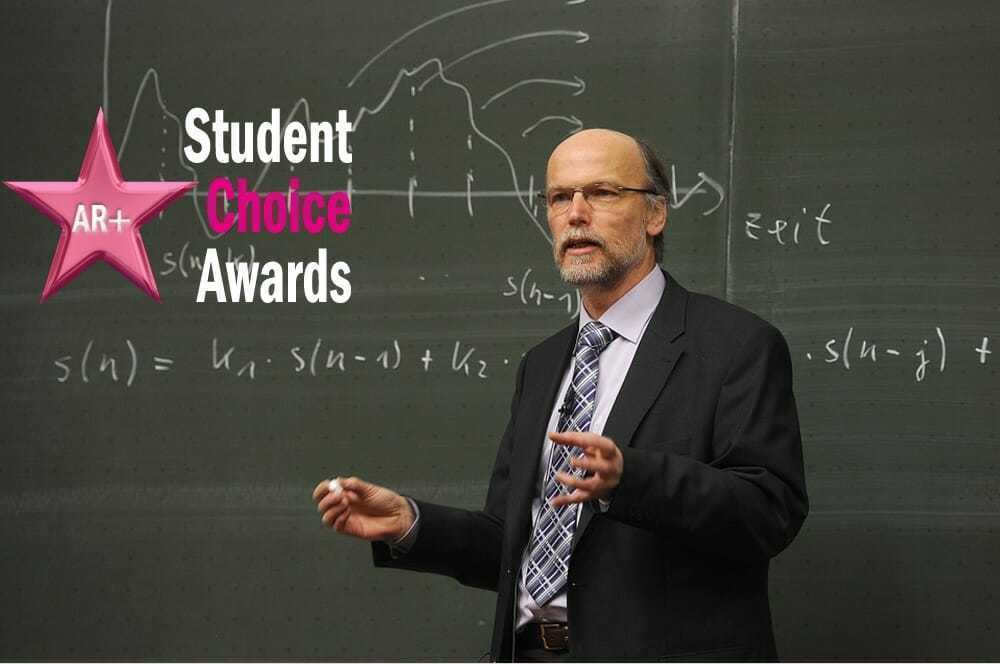A Convoluted Approach to Action Research

A blog inspired by Greenwood, D. J. (2012). Doing and learning action research in the neo-liberal world of contemporary higher education. Action Research, 10(2), 115-132. doi:10.1177/1476750312443573
Nearly two decades into the 21st century many colleges and universities are still teaching using a Tayloristic approach, where the focus is on efficiency and segmented learning, and where scholars learn in disciplinary silos. In “Doing and learning action research in the neo-liberal world of contemporary higher education”, Davydd Greenwood argues that this scientific approach from the 19th century does not fit into this modern age of education. He implores us to reject the more contemporary neo-liberal approach of action research not only in the liberal arts, but across all disciplines. He explains that action research is different in that it encourages interdisciplinary learning which will not only broaden the students’ opportunities to learn across the disciplines, it will yield comprehensive research that could contribute to an improved future for higher education as a whole.
These ideas are of great interest to me because someday soon I hope to share my nearly two decades of practical experience in public education by teaching pre-service teachers in a university setting. It was with this experience in mind that I engaged Greenwood’s ideas about how action research could support learning and adult education within a professional organization. As I read, I asked myself how this form of safe and open dialog could lead to unforeseen learning. I wanted to know more about how action research could change the traditional college classroom from a teacher centered learning environment, to a learning centered approach in which the room becomes a community of learners working together through shared dialogue and research.
Looking forward, I would like to know more about how to break down the silos—or at least how to open the doors, both literally and figuratively—to begin a dialog in which we can use an interdisciplinary approach to facilitate action research in higher education so that all students (not just those in the liberal arts) will leave with a framework for systematic inquiry that is directly applicable to their future careers, classrooms, and students. Most of all, I want to know how I can help future teachers work together to solve the problems that plague public education, such as how to increase academic rigor and to help students’ learn to be creators, innovators, independent thinkers and problem solvers as they prepare to enter the workforce to accept jobs that may not even exist yet. Greenwood’s article provides hope, if not enough details, into how AR might help me pursue this vision.

- Making Public Deliberations Inclusive with Mixed Methods AR - October 26, 2020
- Participatory action research with Aboriginal Elders: Ngulluk Koolunga Ngulluk Koort project - October 12, 2020
- Bringing the relational self to ART: Interview with Dr. Yvonne Skipper - October 1, 2020
